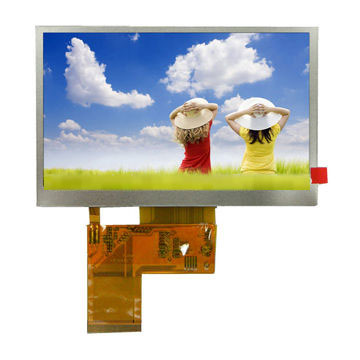Difference between TFT LCD Modules and OLED Display
TFTs (thin-film transistor) have been around for several years and control a large percentage of the color LCD market, which is the most popular color technology in use today. OLEDs require a thin-film transistor backplane to switch each individual pixel on or off, but allow for higher resolution and larger display sizes. An OLED display works without a backlight; thus, it can display deep black levels and can be thinner and lighter than a liquid crystal display (LCD). TFT LCD Modules and OLED displays can be seen in applications such as cell phones, laptop computers, and digital cameras.

1. OLED displays operate at temperatures as low as -40ºC (-40ºF) and as high as 85ºC (185ºF). TFT LCD Modules perform poorly below -20ºC (-4ºF) and above +70ºC (158ºF).
2. TFT LCD Modules offer the longest half-life. Half-life is a measurement of how many hours of use before a display becomes half-as-bright as when it was first turned on. The blue in the OLED has a half-life of 14,000 hours. This does not mean the display will burn out at that point, but will only be half-as-bright as when it was first turned on.
3. OLED displays offer the faster response time. OLED displays are estimated to be less than 0.01 mS (milliseconds). TFT LCD Modules are in the neighborhood of 15 mS. That's milliseconds. The human eye blinks every 300 to 400 milliseconds. There are 86,400,000 milliseconds in one day. The eye can barely consciously detect a difference of 15 mS but the brain can tell there's something up.





 Microsoft Teams
Microsoft Teams WhatsApp
WhatsApp Email
Email Inquiry
Inquiry WeChat
WeChat
 TOP
TOP